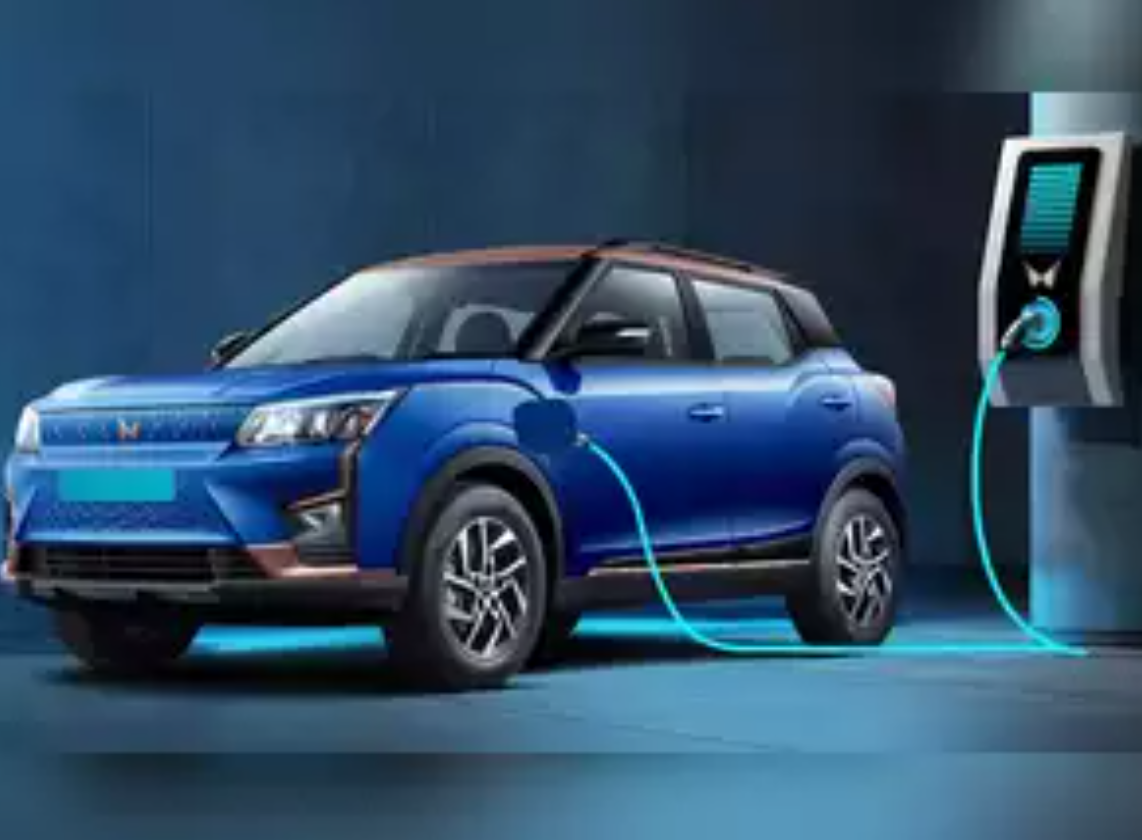
Mahindra & Mahindra (M&M) and Skoda Auto Volkswagen India (SAVWIPL), the Volkswagen Group’s wholly owned India subsidiary, are in advanced stages of forming a 50:50 joint venture to share costs, technology and vehicle platforms for future product development.
While the scope of the JV will also include fossil fuel-based models, it will largely focus on battery powered SUVs for India and international markets, said multiple people aware of the ongoing talks. An announcement is expected before the year end. Mahindra didn’t respond to queries. “We do not comment on speculation,” said a SAVWIPL spokesperson.
The sedans and SUVs that Volkswagen and Skoda currently sell and the German group’s luxury marques Audi and Porsche won’t be part of the exercise. The JV will use SAVWIPL and Mahindra plants in Chakan near Pune to productionise models. The development comes months after Skoda Auto global CEO Klaus Zellmer said the group had made “great progress” in talks on a potential equity partnership with an Indian company.
Key Step for Both Companies
It was seeking a collaboration to share costs and risks as well as gain from the sourcing, engineering and competence of a local partner, he had told India reporters in Prague in June.Progress on an agreement has reached the current stage after multiple rounds of engagements—virtual and in-person—between the two sides. The association between the VW Group and Mahindra started with the signing of the first supply agreement on components of Volkswagen’s MEB platform for Mahindra’s purpose-built electric platform INGLO. The discussion on the sourcing agreement stretched on for two years before it was formalised in February 2024.
The INGLO platform will underpin Mahindra’s upcoming Born Electric (BE) models that have been developed by the company from the ground up.
M&M has said it will invest INR 12,000 crore in the EV business over the next three years. It aims to spend INR 14,000 crore on the development of its internal combustion engine (ICE) based utility vehicles (UVs). The Indian maker of the Thar, XUV700 and Scorpio expects its new electric range, which will start rolling out from next calendar year, to account for 20-30% of SUV sales by 2027.
For the VW Group, the development marks a significant step forward in the world’s third-largest auto market where it has been a fringe player despite an over two-decade-long presence due to its high-cost structure and tough competition from Japanese, South Koreans and domestic manufacturers. The group—which includes Skoda, Volkswagen, Porsche and Audi—sold 88,412 units in FY24, down 9% over the year-ago period, according to Vahan-based vehicle registration data. Its market share slipped to 2.24% from 2.43% in the comparable period last year.
The VW Group is looking for a collaboration amid the government’s push for electric vehicles and stricter carbon emission regulations which require substantial investments. This also comes against the backdrop of Skoda identifying India as the second most crucial market outside Europe amid a go-slow approach in China and its exit from Russia. The move is also a key step by Mahindra that’s set to get into the EV space in a big way. The company, which currently sells only one EV (XUV4OO), plans to launch seven new electric models by 2030.
To be sure, this won’t be Mahindra’s first shot at forming a JV with a global carmaker in recent years. Its planned tie-up with Ford Motor Co.— a second time round—ended before it could start in January 2021. A previous association with Renault ended in 2010 after a few years.
Much has changed at the Indian company since it embarked on a stricter capital allocation strategy under the leadership of Anish Shah, CEO and MD, who took the top role in 2021. “At any point in time with any of our businesses, if there is a solid reason to do a partnership that benefits us, then that’s something we would look at,” he had said at an earnings meet last month. A joint venture would be a big leap for both Mahindra and Skoda Auto Volkswagen in India, said Puneet Gupta, director, S&P Global Mobility.
















